Kitchen bouquet is a type of seasoning sauce known for its distinctly savory and otherwise umami flavor, of which it imparts to a variety of dishes that it is normally added to. Consisting of many different aromatic spices, vegetables, caramel and certain flavorant compounds, kitchen bouquet is somewhat commonly found in pantries throughout the United States.
However, certain situations may call for a replacement to this savory seasoning, such as in situations where it is not available in the chef’s area, or in the event that an individual may have an intolerance to one of the ingredients incorporated into kitchen bouquet.
Kitchen bouquet has a variety of possible substitutes, depending on the particular characteristic of the seasoning sauce that the dish requires. In instances wherein only the flavor of the kitchen bouquet is required in order to accent the dish, a multitude of alternative seasonings exist. This is also true in the case of substituting kitchen bouquet’s color and appearance.
Why Should You Replace Kitchen Bouquet?
Needing to replace kitchen bouquet in a dish or sauce may occur for a variety of reasons, with such things as individual preference, lack of availability or even sodium levels being brought into account and acting as the prime motivators behind the sauce’s replacement.
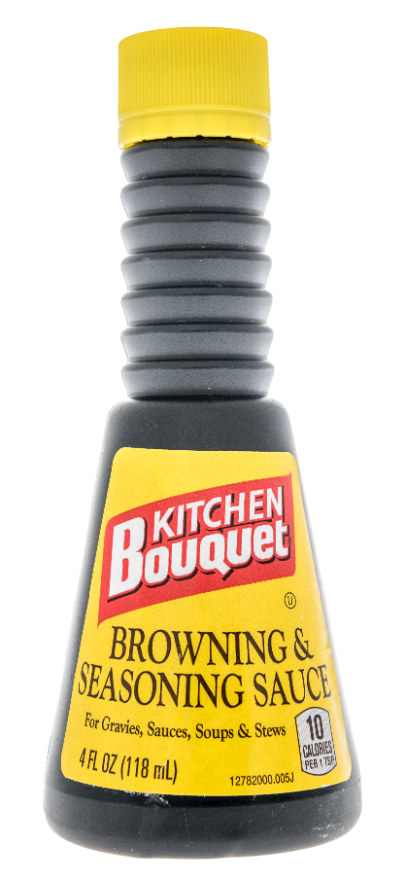
However, being an extremely versatile ingredient, kitchen bouquet’s subsequent alternatives will depend on the sort of dish it is being added to as well as the intended effect it will have on the food itself.
Certain substitutes for kitchen bouquet may be unsuitable for use in particular types of cuisine or when paired with ingredients that may not mesh well with the flavor or chemical properties of said substitute. As such, it is important to first determine the sort of substitute that will be required for your particular dish prior to beginning the cooking process.
Flavor Substitutes for Kitchen Bouquet
Being a savory seasoning sauce with notes of vegetable broth and a mild sweetness, the exact flavor profile imparted to a dish by kitchen bouquet may be difficult to truly replicate with alternative ingredients.
However, this does not mean that certain flavor notes of kitchen bouquet cannot be added to a dish through the use of other food products that contain the same ingredients or similarly tasting ones, and as such the following ingredients may be used in the correct circumstances.
Soy Sauce
While somewhat saltier than kitchen bouquet, soy sauce provides much the same umami flavor body that the original sauce does, imparting a meaty or otherwise savory taste to a dish that may require it. This is also done in order to boost the flavor of meat products such as chicken or steak wherein the savory-ness of soy sauce or kitchen bouquet can spruce up an otherwise lackluster tasting cut of meat.
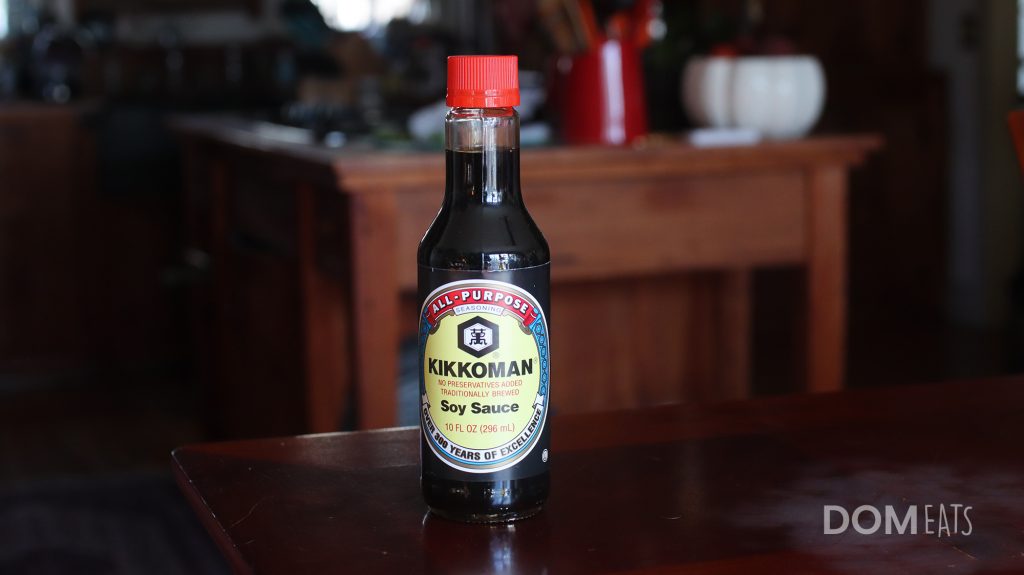
Additionally, soy sauce is a near visual replication of kitchen bouquet, allowing it to also act as a browning sauce so to speak, though soy sauce oftentimes does not contain sugars unless otherwise added by the manufacturer, and as such may not trigger the Maillard effect as readily as kitchen bouquet.
Liquid Aminos
Sharing the same source as soy sauce wherein they are both processed fluids extracted from soybeans, liquid aminos are another excellent substitute for kitchen bouquet both in flavor and in its general appearance.
Worcestershire Sauce
Fermented like soy sauce but consisting of entirely different ingredients, Worcestershire sauce presents a distinctly umami background flavor that aids in supporting the main taste profile of a variety of dishes, some of which did not normally incorporate said Worcestershire sauce in the past.
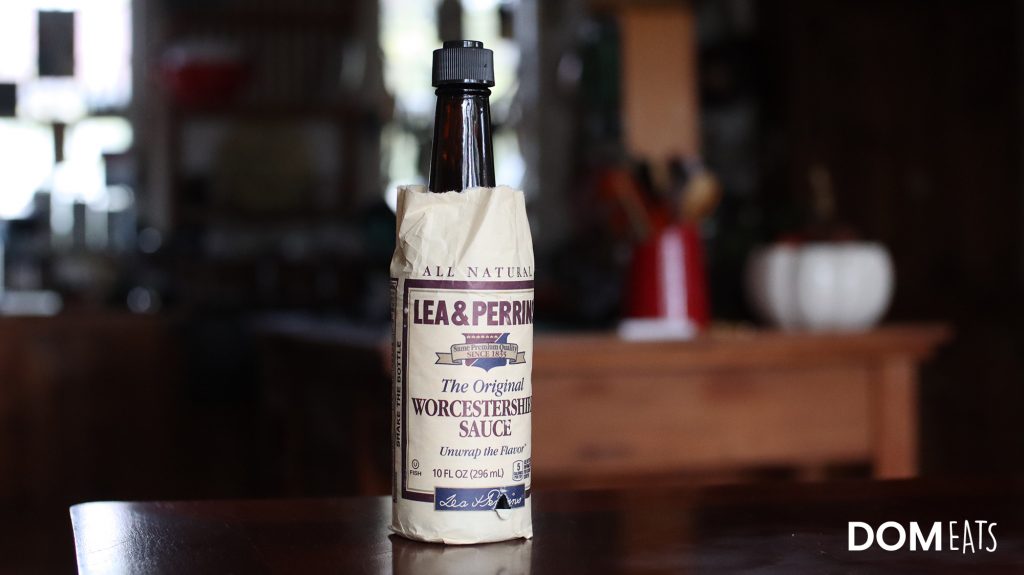
The benefit to using Worcestershire sauce in place of kitchen bouquet is its versatility, allowing it to be added to most foodstuffs or meals that kitchen bouquet itself would be added to, even in instances where the slightly sweeter aftertaste of Worcestershire sauce would otherwise not impart.
Visual Substitutes for Kitchen Bouquet
Apart from its intense flavor and ease of use, kitchen bouquet is also occasionally used to impart a certain shade of color to food products and meals, primarily for the aesthetic appeal. Fortunately, this particular shade of brown is rather easy to replicate, and should be no trouble for a creative home chef.
However, these visual substitutes may not replicate the flavor of kitchen bouquet, even in minute ways, and as such it is best to use these visual substitutes if the appearance of the food is more important than its taste, such as in advertisements or garnishing.
Caramel Food Coloring
Extremely common in many food products and may even be added to certain brands of kitchen bouquet, caramel food coloring is often produced through the processing of specific types of sugar so as to create a dark brown to black syrup.
Unfortunately, while caramel food coloring is the closest approximation to kitchen bouquet’s coloring in food, it is also somewhat bitter in taste and carries a burned odor if used in significant quantities, making it unsuitable for dishes that are to be eaten or brought into close proximity of the diner.
Brown Sauce
The term brown sauce is actually shared through a variety of different sauces and condiments, and as such may be confusing for the uninitiated. To make things clear, the particular type of brown sauce in question is that of the fruit-based sweet and savory kind, originating from parts of Europe and the United Kingdom.
Extremely similar to kitchen bouquet in appearance, brown sauce may be somewhat less useful in instances wherein the particular viscosity of kitchen bouquet is also a factor, as brown sauce’s own physical integrity is far thicker than kitchen bouquets.
Coffee
The most commonly available visual substitute for kitchen bouquet, coffee is best used entirely as an appearance replicator owing to its bitter taste that is distinctly different to that of kitchen bouquet, potentially ruining the dish it would be incorporated into.
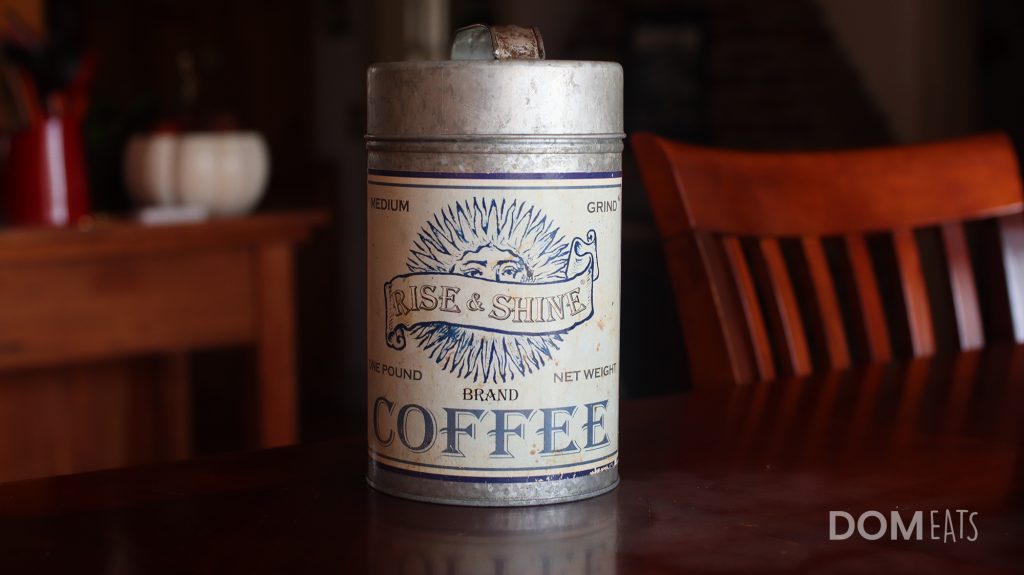
However, the exact level at which coffee can replicate the appearance of kitchen bouquet will also depend on its particular concentration and if any additives have been incorporated into it.
In order to create the closest approximation to the visual appearance of kitchen bouquet, it is best to use pure black coffee that has been dripped through filter paper so as to remove any particulates.
References
1. Shurtleff, William; Aoyagi, Akiko (2012). History of Worcestershire Sauce (1837-2012) (PDF). Soyinfo Center.
2. American Cookery, Volume 8. Boston, Massachusetts, United States: Boston Cooking School Magazine. 1903. pp. xvii, 427 & 503.
3. Unknown Author. (1962) “Cooking with Inspiration: Kitchen Bouquet Recipe Book, Outdoors, Indoors” Grocery Store Products Company
4. Silva, Jill Wendholt (1999-10-13). “Food foolery stylists make food in pictures look good enough to eat”. The Kansas City Star
5. Image Credit homank76 / Depositphotos.com



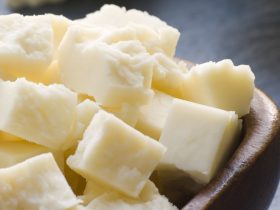

Hi, I'm Dom
Dom Eats was started to help other people fall in love with food. While cooking can feel intimidating, it doesn't have to be.